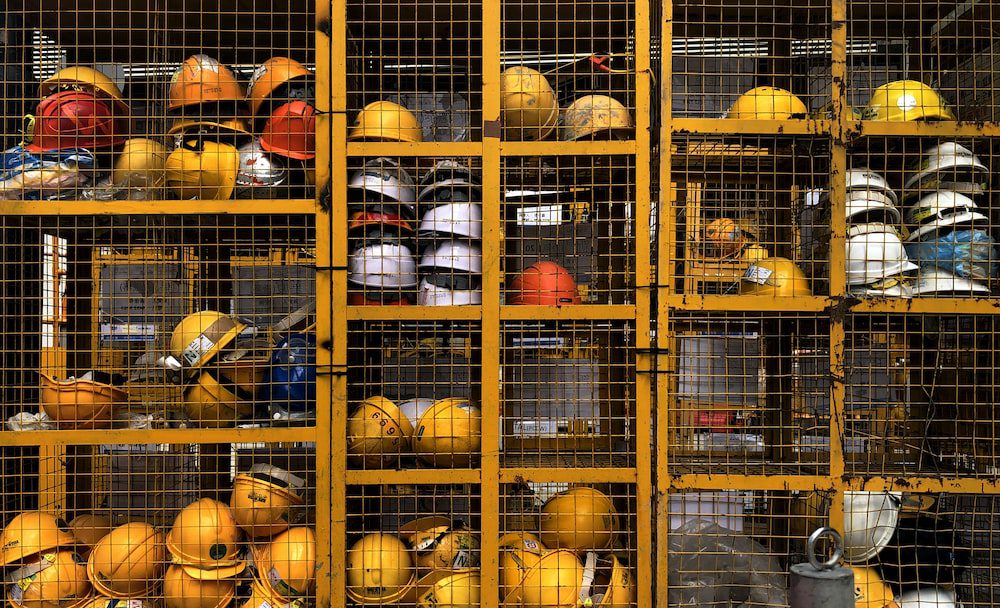Occupational Health and Safety (OHS) is an essential aspect of any business, regardless of its size or industry. It involves the implementation of systematic procedures designed to eliminate or reduce risks and ensure the overall well-being of employees in the workplace.
This guide will provide you with a comprehensive overview of an OHS Safety Management System, its relevance, components, benefits, and how to effectively implement it in your organisation.
Understanding the OHS Safety Management System
An OHS Safety Management System (OHSMS) is a coordinated and systematic approach to managing health and safety risks in the workplace. It’s a framework that helps organisations identify and manage potential hazards, thereby creating a safer work environment for everyone involved.
An OHSMS encompasses a variety of components, including policies, procedures, planning, organising, risk management, training, inspections, audits, incident investigation, certifications, and continuous monitoring. Each of these components plays a crucial role in ensuring the effectiveness of the system.
In Australia, the terminology and legal framework for OHS evolved into Workplace Health and Safety (WHS) after the adoption of the model Work Health and Safety (WHS) laws in 2012. Despite the change in terminology, the general principles and objectives of OHS and WHS remain the same.
The Importance of an OHS Safety Management System
Implementing an OHSMS is not only a legal requirement but also a strategic business decision. It demonstrates an organisation’s commitment to the health and safety of its employees and other stakeholders, including contractors and visitors.
An OHSMS can help your organisation in several ways:
- Risk Identification and Mitigation: An OHSMS can help identify potential hazards and risks in the workplace and develop measures to control or eliminate them.
- Legal Compliance: An OHSMS ensures that your organisation complies with all relevant health and safety legislation and standards, reducing the risk of legal penalties.
- Improved Productivity: A safer work environment can lead to increased productivity and efficiency, as employees are less likely to be absent due to work-related injuries or illnesses.
- Cost Savings: By preventing workplace accidents and illnesses, an OHSMS can save your organisation significant costs related to medical expenses, compensation claims, and potential legal penalties.
- Enhanced Reputation: Demonstrating a commitment to health and safety can improve your organisation’s reputation among employees, customers, suppliers, and other stakeholders.
The Australian Standard: AS/NZS ISO 45001:2018
The AS/NZS ISO 45001:2018 is the Australian version of the internationally recognised standard for occupational health and safety management systems. This standard provides a robust framework for organisations to manage their OHS risks and opportunities, helping to create a safe and healthy workplace.
ISO 45001:2018 is designed to be used by any organisation, regardless of its size or the nature of its activities. It provides a set of requirements that can be integrated with other management systems, such as those for quality (ISO 9001) and environment (ISO 14001).
The standard encourages a risk-based approach to health and safety management and emphasises the importance of continual improvement and worker participation. It also aligns with the high-level structure of other ISO management system standards, facilitating the integration of multiple management systems within an organisation.
Transitioning from AS/NZS 4801 and OHSAS 18001 to ISO 45001
Before the adoption of ISO 45001, many organisations in Australia and New Zealand used the AS/NZS 4801 standard for their OHS management systems. Similarly, many international organisations used the OHSAS 18001 standard.
With the introduction of ISO 45001 in 2018, both AS/NZS 4801 and OHSAS 18001 have been superseded. Organisations that have previously used these standards are now encouraged to transition to ISO 45001.
The transition process involves a comprehensive review of the existing OHSMS, identification of gaps, and development of an action plan to address these gaps. This may include changes to policies and procedures, risk assessment processes, and training programs, among others.
Developing an Effective OHS Safety Management System
The development of an effective OHSMS requires a systematic approach and active involvement from all levels of the organisation, particularly top management.
Here are the crucial steps to developing a compliant OHSMS:
- Establish Safety Objectives and Targets: Set measurable goals for improving safety and health in the workplace.
- Develop OHS Policy: Document your organisation’s commitment to health and safety. The policy should clearly state the objectives, procedures, and commitment to complying with regulations.
- Identify Hazards and Assess Risks: Identify potential hazards in your workplace and assess the associated risks. Develop a risk management plan to control or eliminate these risks.
- Establish Safe Work Procedures: Develop safety protocols and procedures for carrying out various tasks in the workplace.
- Monitor, Review, and Improve: Regularly monitor and review your OHSMS to ensure its effectiveness. Identify gaps or weaknesses and make improvements as necessary.
Certifying Your OHS Safety Management System under ISO 45001
Certifying your OHSMS under ISO 45001 provides validation that your organisation has implemented an effective system for managing occupational health and safety risks. It demonstrates your commitment to providing a safe and healthy workplace, and it can provide a competitive advantage in the marketplace.
The certification process involves a comprehensive audit of your OHSMS by a third-party certification body. The audit assesses the conformity of your OHSMS with the requirements of ISO 45001 and its effectiveness in managing OHS risks.
Maintaining and Improving Your OHS Safety Management System
Once you have implemented and certified your OHSMS, it’s essential to maintain and continually improve the system to ensure its ongoing effectiveness. This involves regular monitoring, audits, management reviews, and corrective actions as necessary.
Furthermore, the OHSMS should be flexible and adaptable to changes in your workplace, such as new processes, equipment, or personnel. Regular training and awareness programs can ensure that all employees understand their roles and responsibilities in relation to the OHSMS.
In conclusion, an OHS Safety Management System is a critical tool for managing health and safety risks in the workplace.
It not only helps to create a safer working environment but also ensures compliance with relevant legislation and standards, improves productivity, and enhances your organisation’s reputation.
By adopting ISO 45001, you can ensure that your OHSMS aligns with internationally recognised best practices.
People Also Ask
What is an OHS Safety Management System in Australia?
Answer: An OHS Safety Management System in Australia is a structured framework that organizations use to systematically manage occupational health and safety risks within their workplace. It involves policies, procedures, and practices designed to identify, assess, control, and monitor potential hazards, ensuring the safety and well-being of employees and visitors.
How do I implement an OHS Safety Management System in Australia?
Answer: To implement an OHS Safety Management System in Australia, follow these steps:
a. Identify Hazards: Recognize potential workplace hazards and assess their risks.
b. Develop Policies: Create clear OHS policies and procedures tailored to your organization.
c. Training: Train employees on safety protocols, emergency procedures, and hazard management.
d. Monitor and Review: Regularly monitor and review the system’s effectiveness, making improvements as needed.
e. Continuous Improvement: Foster a culture of continuous improvement to enhance workplace safety over time.
What are the benefits of implementing an OHS Safety Management System in Australia?
Answer: Implementing an OHS Safety Management System in Australia offers several benefits, including:
a. Employee Safety: Reduces workplace injuries and illnesses, prioritizing the well-being of employees.
b. Legal Compliance: Ensures adherence to Australian OHS regulations, avoiding potential penalties.
c. Enhanced Reputation: Demonstrates a commitment to safety, enhancing your organization’s reputation.
d. Operational Efficiency: Streamlines processes, minimizing disruptions caused by accidents.
e. Cost Savings: Reduces expenses related to injury claims, compensation, and productivity loss.
What are some key OHS regulations relevant to Safety Management Systems in Australia?
Answer: In Australia, several key regulations pertain to OHS Safety Management Systems:
a. Work Health and Safety Act 2011 (Cth): This federal law outlines the fundamental principles and duties for workplace health and safety.
b. Work Health and Safety Regulations 2011 (Cth): These regulations provide specific details on compliance requirements, risk assessment, and reporting.
c. AS/NZS ISO 45001:2018: This international standard provides guidelines for implementing an Occupational Health and Safety Management System, applicable in Australia.
d. State and Territory Legislation: Each Australian state and territory has its own set of OHS regulations that align with the federal framework, covering various industries and specific requirements.









